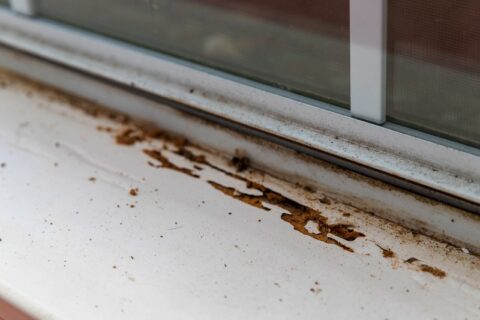Do Termites Have Predators?
Do Termites Have Natural Predators
Although termites are largely understood as destructive pests, their overall purpose is much more interesting than that. Termites are extremely beneficial to ecosystems around the world, serving as soil engineers, the clean-up crew, and architects with groundbreaking designs. Beyond that, they are a source of food for a surprising array of creatures. Do termites have natural predators? Yes, and these predators are more plentiful and varied than you would probably expect.
The Role of Termites in the Ecosystem
A well-known role of termites is as decomposers, tasked with breaking down dead vegetation and releasing nutrients back into the environment. Because termites have the unique ability to digest cellulose, which is the primary component of the cell walls of plants, they make an important contribution to nutrient cycling. In fact, by some estimates, termites recycle 5 to 15 percent of the earth’s total biomass. They do this by eating dead materials, which are then broken down by specialized microorganisms that live in their digestive tract. They then release nutrients like carbon, nitrogen, and phosphorus, which can then be used by other animals, plants, and microorganisms in the ecosystem. Termites enrich the soil by releasing large quantities of nitrogen into it, and this promotes plant growth. At the same time, termites burrow through the soil, creating tunnels that make the soil looser and more porous, allow air to circulate and water to permeate it, and improve aeration.
What Are Termites’ Predators?
Most people don’t realize how many different types of predators that termites have! Across the globe, termites are on the menu for insects, birds, reptiles, and even mammals.
- Insects & Spiders: Ants are probably the biggest termite predators, with several different types of ants seeking out termites toeat. Other bugs that eat termites include assassin bugs, beetles, flies, dragon flies, praying mantises, spiders, wasps, and unsegmented roundworms. Many different types of spiders eat termites, and at least one spider species exclusively eats termites. Wasps and humpback flies will lay their eggs inside termite colonies, or even in the bodies of termites themselves.
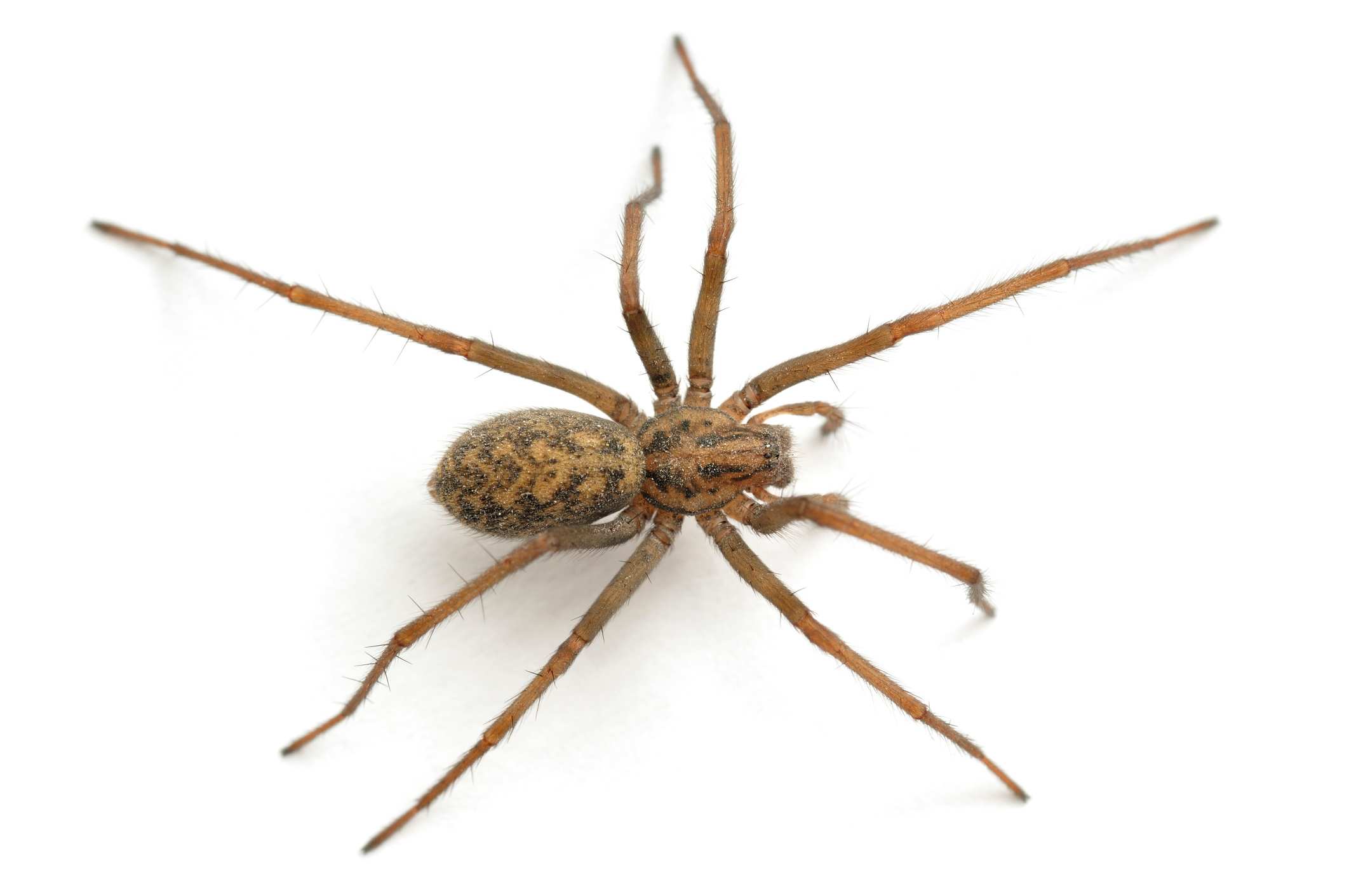
- Birds: Throughout the world, hundreds of different species of birds enjoy eating termites. These include chickens, doves, ravens, crows, blue jays, eastern bluebirds, American robins, cardinals, red-headed woodpeckers, sparrows, starlings, spotted eagle owls, swifts, and weavers. Woodpeckers, with their skill at picking insects out of wood, are extremely adept at finding termite colonies in trees and wooden structures. Other birds, like swallows, are more likely to snatch termites out of the air during swarming events.
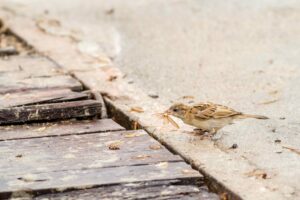
- Reptiles: Certain species of frogs, lizards, and snakes eat termites. The western blind snake lives almost exclusively on termites anlizards that eat termites include skinks, geckos, and monitor lizards. Salamanders eat termites, along with other small invertebrates. Termites are an important food source for frogs, especially species that live in or near forested areas.
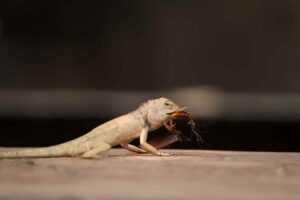
- Mammals: Because some termites live underground, they provide a food source for other underground dwellers like moles and shrews. However, those are far from the only mammals that eat termites. Many animals, including aardvarks, anteaters, aardwolves, armadillos, bats, cats, foxes, echidnas, mongooses, pangolins, mice, numbatcivets, and even primates will eat termites. Does it surprise you to know that humans are on that list? Some indigenous peoplesofAustralia and Africa eat termites, and this practice appears to go back to our ancient ancestors.
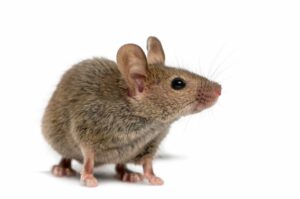
Are There Natural Predators of Termites in Urban Areas?
Natural predators of termites are everywhere that termites live. In urban areas, these predators are likely birds, insects, and small reptiles. Ants, wasps, ground beetles, lacewings, praying mantises, spiders, and centipedes can be found in some urban areas, as can birds like woodpeckers, starlings, crows, ravens, and swallows. Even certain lizards, toads, and snakes can be found in highly populated areas. Mammals like cats, raccoons, and opossums can also be numbered among urban termite predators.
Can Natural Termite Predators Prevent Termite Infestations?
While termites do have plenty of predators, this doesn’t detract from the need for termite control. To an extent, allowing natural predators to help control termites can be beneficial. However, this does not work as effectively or as reliably as termite treatment systems. For example, in the wild, ants are a fearsome termite predator. In back yards, however, these two species often live near each other in peace. Why? First, even though ants do eat termites, it’s not easy for them to do. Termites are often hard to reach, living in underground nests or in wood, and when the ants do reach them, termites fight back. Since ants in the backyard have access to many other, easier food sources, they are probably not going to go after the termites.
What to Do if You Spot Termites at Home
If you spot termites at home, don’t go out and buy an assortment of strange new pets to try to keep the bugs at bay. (Unless you just really want a gecko, some woodpeckers, and an aardvark, and in that case, check your local regulations.) It’s much more effective and easier to call on a reliable termite control company, so that you can have your home inspected and treated, to keep termites away permanently. Your termite control expert will help you find the right methods of getting rid of termites and keeping them out, and may have suggestions about how you can make your home a less inviting place for termites.
Still have questions? Explore our termite treatment guide for detailed answers.
For Effective Termite Treatment and Excellent Customer Care, Contact MightyMite Termite Services
To prevent termite damage in the Bay Area, call the termite control professionals at MightyMite Termite Services for a free inspection. At MightyMite, we’ve earned a reputation as experts in California termite control. We perform termite inspections to ensure that your home is free of termites and work hard to help you keep it that way, using termite treatments that are naturally derived, environmentally low-impact solutions. We diagnose and treat infestations with the most effective methods and unmatched warranties, solving your termite problems the first time, with an industry best “no call-back rate.” That, combined with our experience, technology, and highly trained professional staff, makes us the leading extermination company in the Bay Area. We understand that your home is your most important investment, so we work hard to provide excellent service, utilizing best practices to solve our customers’ termite problems. To schedule an inspection or learn more about our services, contact us through our website.








